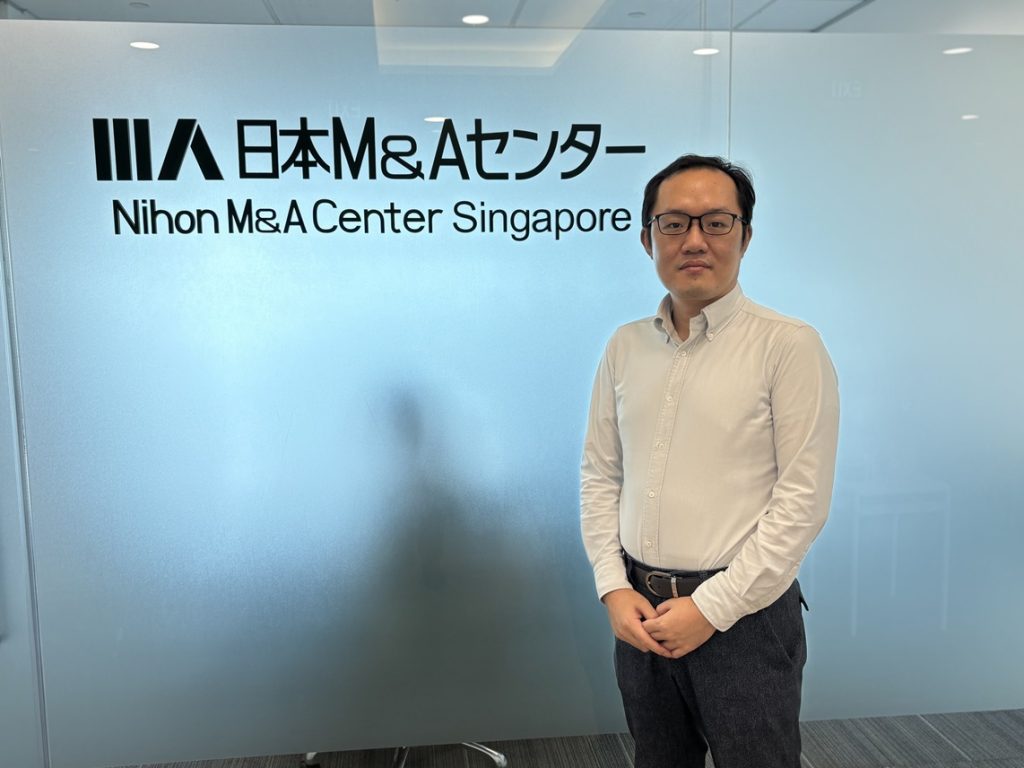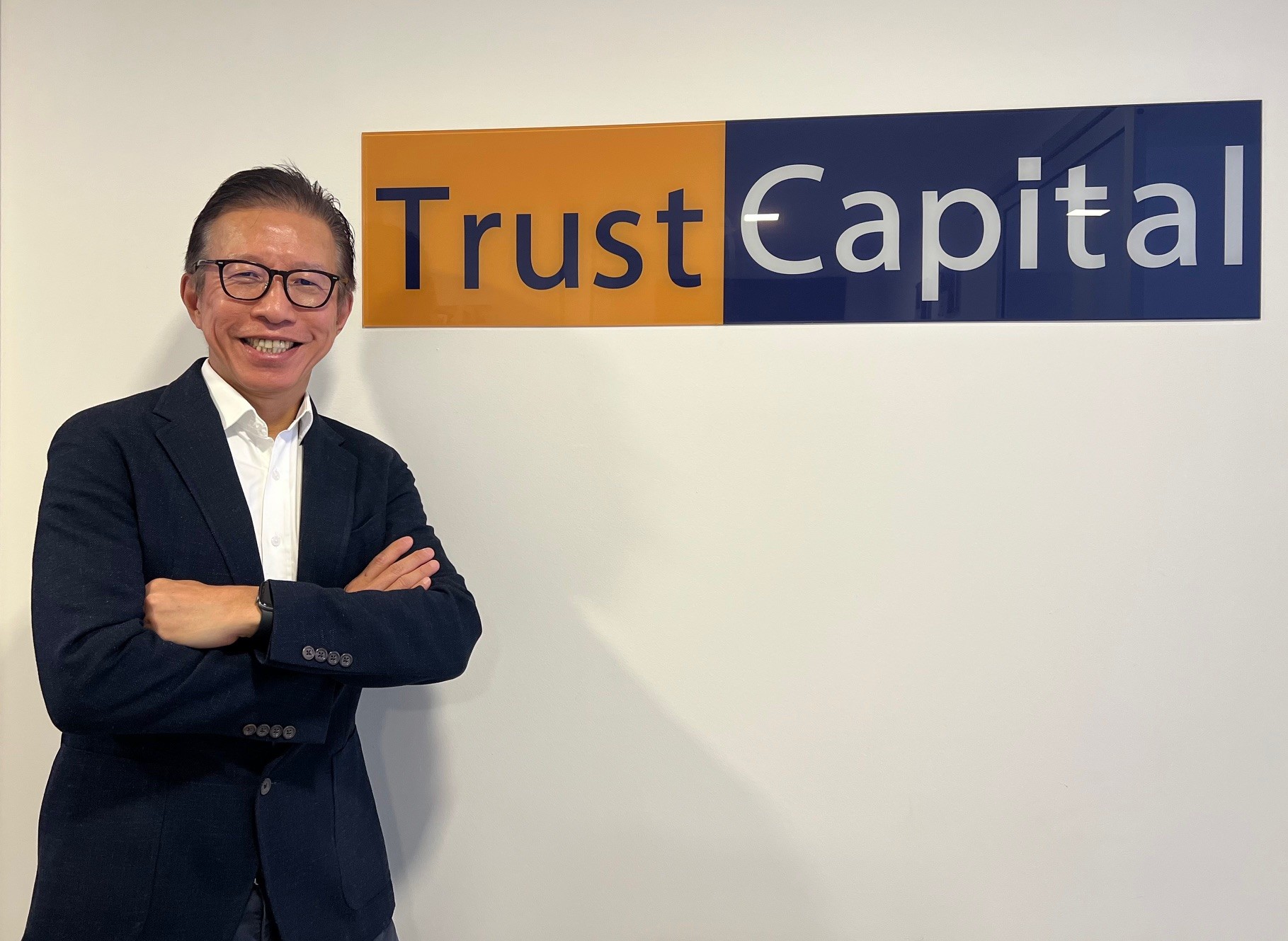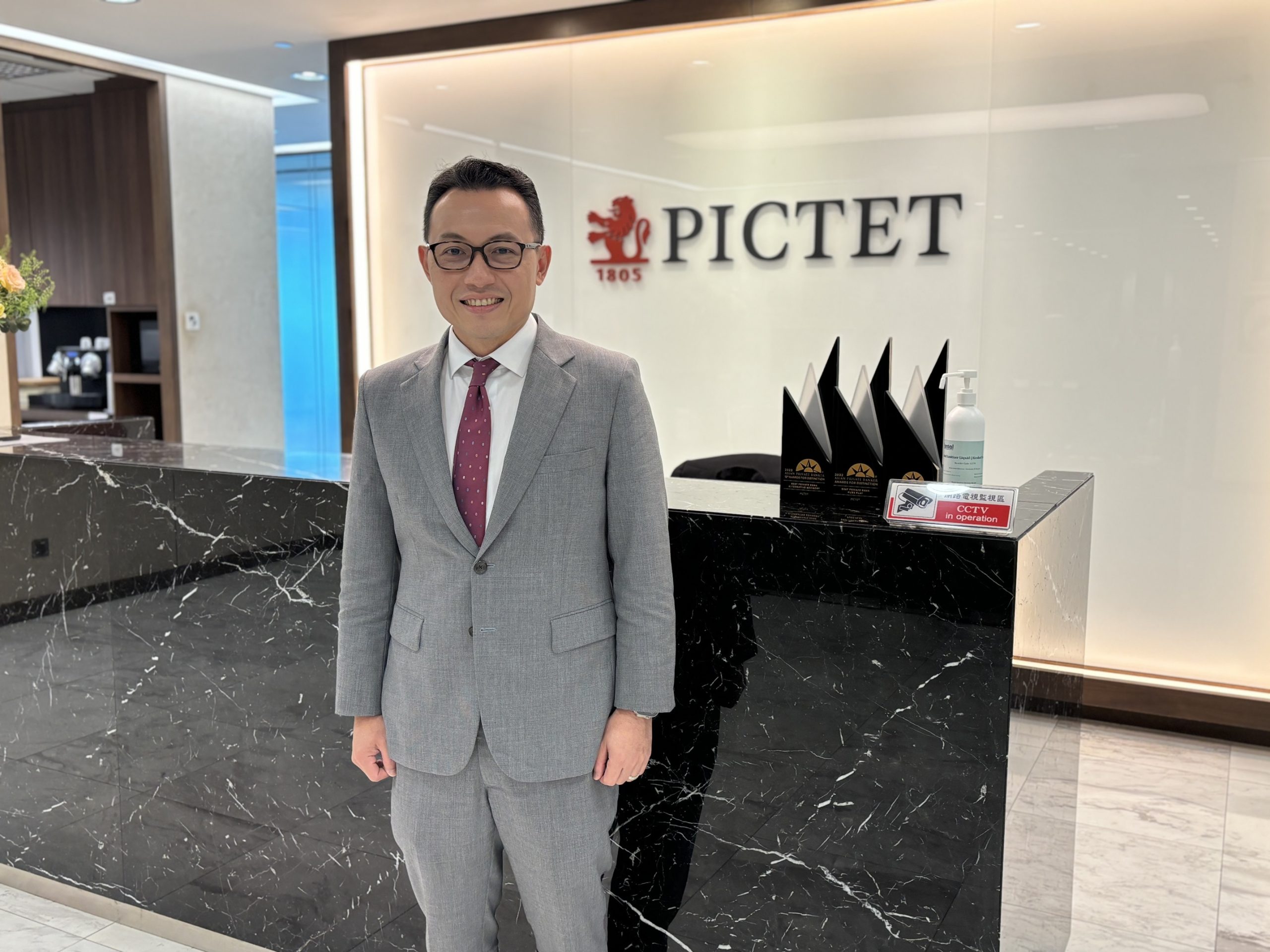
Many small and medium-sized enterprises (SME) in Singapore start off as family-run businesses that are built with blood, sweat, and tears. After about 20 years of steady growth, owners are either looking for succession or to sell the company for retirement.
But how does one even start to navigate the complicated M&A landscape, and more importantly, how can one ensure that the legacy lives on even after the company is sold?
This is where Mr Masahiro Nishii comes in. As the Managing Director of Nihon M&A Center Singapore, he and his team connect SME owners in Singapore with Japanese investors looking for opportunities in the region.
Nihon M&A Center is Japan’s largest M&A firm. Founded in 1991, the firm offers turnkey services from the start to the end of the M&A process and has supported over 8,500 SMEs around the world.
“Singapore is one of the safest and easiest countries to do M&A.”
“We initially focused on the domestic market in Japan. However, around 10 years ago, we observed a shift in buyer behavior, seeking overseas markets for growth opportunities due to the stagnant Japanese market,” says Mr Nishii. “We couldn’t satisfy the buyers’ requirements with local deals. Therefore, we looked for opportunities to expand outside Japan, and at that time, Southeast Asia was gaining more attention from Japanese buyers.”
In 2016, Nihon M&A Center established the first international branch in Singapore, followed by other countries in the region such as Malaysia, Thailand and Vietnam.
“Singapore is one of the safest and easiest countries to do M&A,” says Mr Nishii. Besides having a strong and stable economy, the island-state offers business-friendly regulations and operates with low tolerance for corruption. He shares that even in cross-border M&A deals involving companies from different countries, it is common for clients to request for Singapore arbitration.
Mr Nishii adds that the business culture in Singapore is ‘open and transparent’, which makes it easier to reach out to new prospects, as compared to other countries in Southeast Asia, where deep connections are required to facilitate business deals. “For example, in Thailand, you need connections to even meet the owner,” he says.
Serendipitously, Mr Nishii had taken a break after working at Nihon’s Japan headquarters for six years to pursue an MBA in the National University of Singapore. After his studies, he rejoined Nihon M&A Centre and was given an opportunity to helm the business in Singapore.
More than decade later, having closed 15 deals in the past six years, Nihon M&A Center Singapore is one of the biggest firms in the country that offers the niche M&A advisory services of matching local SMEs to Japanese investors.
In this interview, Mr Nishii gives some insight into the process of preparing an SME for M&A and some uniquely Japanese practices that add value to the process.
Sectors & Deal Size
With Nihon M&A Center being a sector-agnostic firm, Mr Nishii and his team have closed deals across different industries, such as logistics, manufacturing, IT services, education, and more. However, he has noticed a trend of deal types in relation to the GDP focus of each country.
“Looking back at our track record, it’s really based on the country’s GDP distribution,” says Mr Nishii. He shares that in Singapore, there are far more construction or information technology deals. On the other hand, in Thailand, there are more manufacturing deals.
Deal-size wise – with an emphasis on the SME space, deal sizes are usually below 100 million, with the average ranging between 10 to 50 million.
“Our buyer pool is made up of medium-sized companies, not big companies,” says Mr Nishii. “Any deals exceeding 100 million, our pool of potential buyers will be restricted because not many can afford to invest more than 50 million.” The smaller the deal size, the bigger the buyer pool, he adds.
The Deal Process
The entire process of an M&A deal takes at least two to three years, so Mr Nishii’s advice to SME owners who are looking for selling opportunities is to start as soon as possible. Timing is a key element in this recipe, and it takes a combination of foresight, knowledge and patience to match-make a buyer and seller.
Mr Nishii shares that for example, they could propose a deal to a buyer three years ago, but the timing might not be right. Fast forward a few years later, circumstances might have changed to allow a deal to be negotiated successfully with the same buyer. It all boils down to understanding the market and the priorities of both buyers and sellers at that point of time.
Another key element to a successful deal is ensuring a realistic valuation of the company. Mr Nishii and his team will guide sellers through this process by initiating a preliminary discussion about the expected value.
“We will address the sellers’ anticipated variance compared to similar deals in the market,” says Mr Nishii.
“If these do not match and the seller is unwilling to compromise, we will tell them that their profit and revenue cannot justify their anticipated variance.” In some cases, sellers might be advised to wait for an upward market trend, so that they can improve their financial performance and justify the higher valuation.
Mr Nishii adds that sellers should think beyond the price point and consider other factors, such as how a buyer could add value to the company. “It is so difficult to find a good buyer who can address all your concerns as a seller, makes you feel comfortable and has chemistry with you. So even if you sold the company at 5% lower than expected, you have won.”
Closing the M&A deal and transitioning
When companies are being sold, there will always be a huge impact on the brand and employee morale. This is why during the transition period, buyers hope that the existing leadership or management will retain their roles or stay accessible.
“Typically, we request that the sellers remain in a management position or serve as part-time advisors for two to three years following the sales of the company.” says Mr Nishii. “There’s no need to come to the office every day. But if there are any issues, we want to stay connected for advice.”
Once the deal has been successfully negotiated and inked, Nihon M&A Centre has a unique tradition to close the process, which Mr Nishii refers to as a ‘ceremony of marriage’ between two companies.
“The original idea started from Japan, based on data that divorce rates between husbands and wives significantly decreased if a wedding was done well,” he says. With the concept that having the right start is key to long-term stability, Mr Nishii and his team will organize an event to mark the start of a new journey.
“We make it a memorable ceremony, usually held in Japan, featuring speeches from both the seller and buyer. Occasionally, we will invite the wives of the seller and buyer to deliver a surprise speech, to support them. So, it can get very emotional. It is symbolic of good times ahead.”



